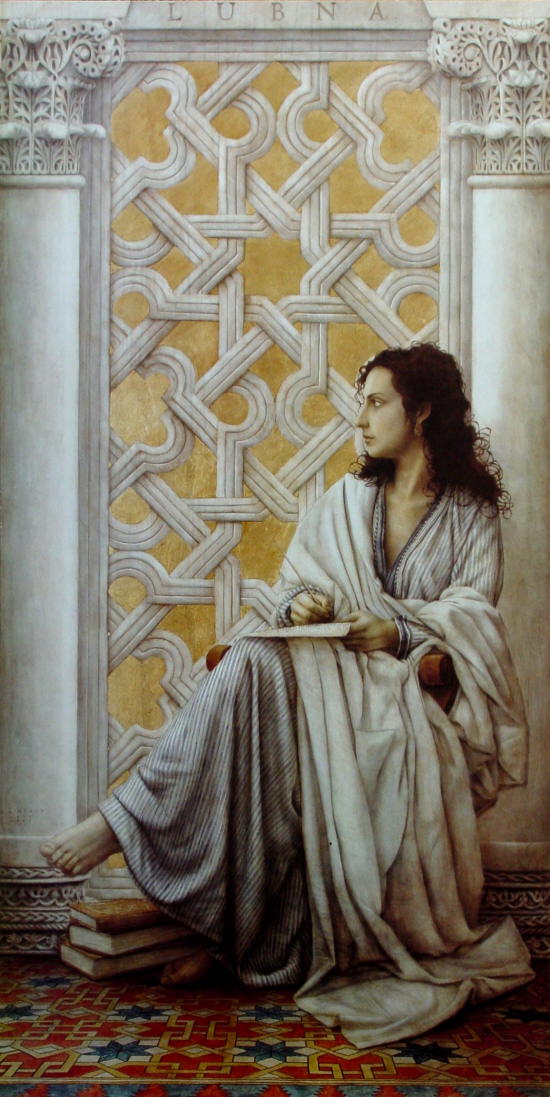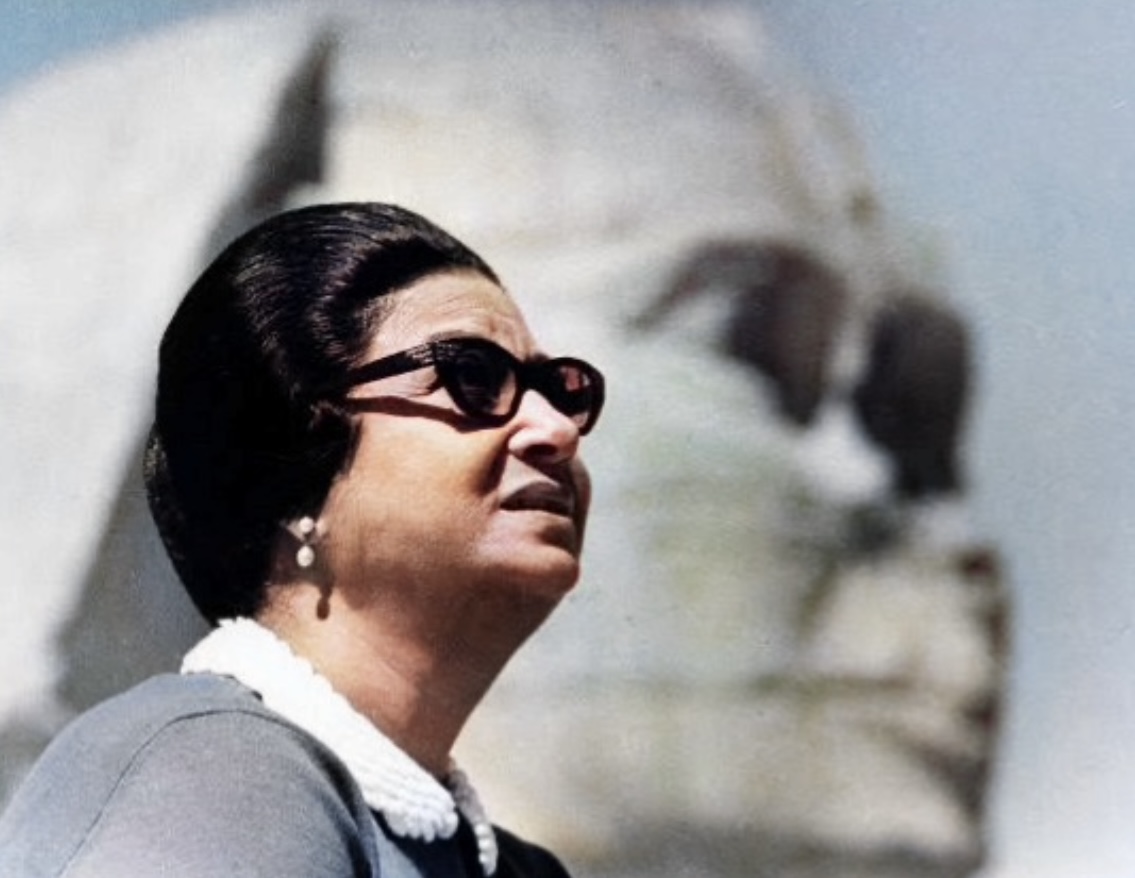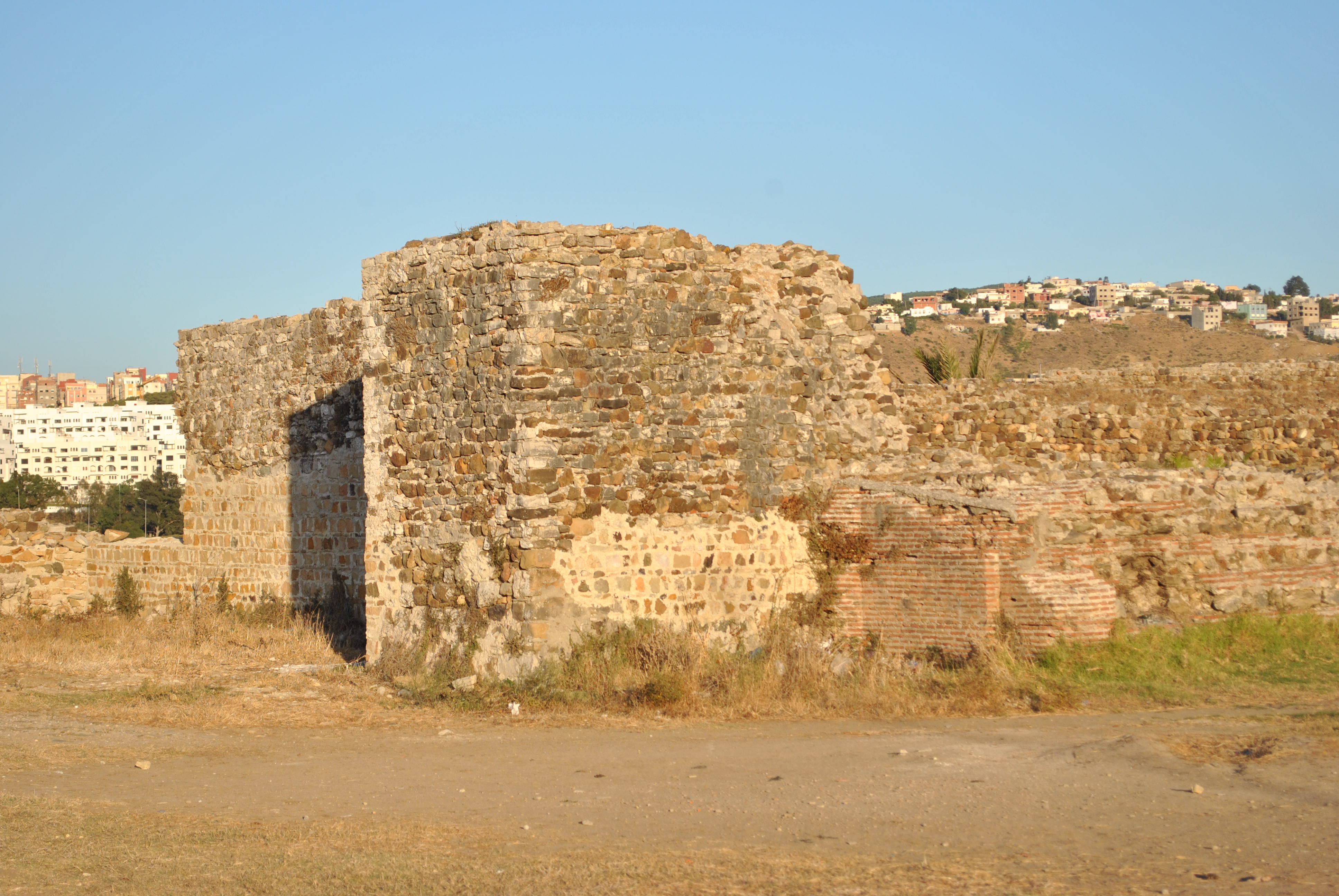|
Libana
Libana is a Boston-based cross-cultural musical ensemble performing world folk traditions through chants, dance, storytelling, and musical performance. Their repertoire incorporates ancient, traditional, and contemporary world folk music. Although many of their songs are performed as an a cappella choir, their instruments have included guitars, hammered dulcimers, ouds, bağlamas, pan flutes, charangos, djembes, davuls, frame drums, double bass, clarinets, dumbeks, accordions, and naqarehs. They focus on the divergent cultural expressions of the Mediterranean, the Balkans, the Middle East, Europe, Africa, Asia and South America. They have toured in America, Canada, Bulgaria, India, Greece, and Morocco. As of 2024, the collective consists of 6 musicians, which are likely Lisa Bosley, Allison Coleman, Linda Ugelow, Cheryl Weber, Marytha Paffrath and founder Susan Robbins. Libana's goals are to inspire "dynamic cross-cultural understanding, profound healing, and widespread ... [...More Info...] [...Related Items...] OR: [Wikipedia] [Google] [Baidu] |
Lubna Of Córdoba
Lubna of Córdoba (Lubna Al-Qortobia, ) was an al-Andalus, Andalusian intellectual, mathematician, and poet of the second half of the 10th century known for the quality of her writing and her excellence in the sciences.Olivier Gaudefroy: Lubna, la copiste de Cordoue. Turquoise, 2019. Lubna was born into slavery and raised within the Madinat al-Zahra, Madīnat al-Zahrā palace. She then pursued a career within the palace as part of Al-Hakam II's team of copyists. Early life Little to no information is known about Lubna’s upbringing, and most accounts available are historian and scholar speculations based on facts about women in her same position during the 11th century time period in Al-Andalus. Lubna was born within the Madīnat al-Zahrā, under the rule of the caliph Abd al-Rahman III, which began in 929. During his reign, the number of enslaved people in Córdoba, Andalusia, Córdoba increased, Lubna being one of them from birth. José Miguel Puerta Vílchez, of the Univ ... [...More Info...] [...Related Items...] OR: [Wikipedia] [Google] [Baidu] |
Cross-cultural
Cross-cultural may refer to: *cross-cultural studies, a comparative tendency in various fields of cultural analysis *cross-cultural communication, a field of study that looks at how people from differing culture, cultural backgrounds communicate *any of various forms of interactivity between members of disparate cultural groups (see also cross-cultural communication, interculturalism, intercultural relations, hybridity, cosmopolitanism, transculturation) *the discourse concerning cultural interactivity, sometimes referred to as cross-culturalism (See also multiculturalism, cosmopolitanism, transculturation, cultural diversity) Cross-cultural communication By the 1970s, the field of cross-cultural communication (also known as Cross-cultural communication, intercultural communication) developed as a prominent application of the cross-cultural paradigm, in response to the pressures of globalization which produced a demand for cross-cultural awareness training in various commercia ... [...More Info...] [...Related Items...] OR: [Wikipedia] [Google] [Baidu] |
Judy Chicago
Judy Chicago (born Judith Sylvia Cohen; July 20, 1939) is an American feminist artist, art educator, and writer known for her large collaborative art installation pieces about birth and creation images, which examine the role of women in history and culture. During the 1970s, Chicago founded the first feminist art program in the United States at California State University, Fresno (formerly Fresno State College), which acted as a catalyst for feminist art and art education during the 1970s. Her inclusion in hundreds of publications in various areas of the world showcases her influence in the worldwide art community. Many of her books have also been published in other countries, making her work more accessible to international readers. Chicago's work incorporates a variety of artistic skills, such as needlework, counterbalanced with skills such as welding and pyrotechnics. Her most well-known work is '' The Dinner Party'', which is permanently installed in the Elizabeth A. Sackler ... [...More Info...] [...Related Items...] OR: [Wikipedia] [Google] [Baidu] |
Music Of Hawaii
The music of Hawaii includes an array of traditional and popular styles, ranging from native Hawaiian folk music to modern rock and hip hop. Styles like slack-key guitar are well known worldwide, while Hawaiian-tinged music is a frequent part of Hollywood soundtracks. Hawaii also made a contribution to country music with the introduction of the steel guitar.Unterberger, pgs. 465 - 473 In addition, the music which began to be played by Puerto Ricans in Hawaii in the early 1900s is called cachi cachi music, on the islands of Hawaii. The traditional music of Hawaii's Native Hawaiian community is largely religious in nature, and includes chanting and dance music. Hawaiian music has had a notable impact on the music of other Polynesian islands; Peter Manuel called the influence of Hawaiian music a "unifying factor in the development of modern Pacific musics".Manuel, pgs. 236 - 241 Music festivals and venues Major music festivals in Hawaii include the Merrie Monarch Hula Fest ... [...More Info...] [...Related Items...] OR: [Wikipedia] [Google] [Baidu] |
Music Of Egypt
Music has been an integral part of Egyptian culture since antiquity in Egypt. Egyptian music had a significant impact on the development of ancient Greek music, and via the Greeks it was important to early European music well into the Middle Ages. Due to the thousands of-years long dominance of Egypt over its neighbors, Egyptian culture, including music and musical instruments, was very influential in the surrounding regions; for instance, the instruments claimed in the Bible to have been played by the ancient Hebrews are all Egyptian instruments as established by Egyptian archaeology. Egyptian modern music is considered as a main core of Middle Eastern and Oriental music as it has a huge influence on the region due to the popularity and huge influence of Egyptian cinema and music industries, owing to the political influence Egypt has on its neighboring countries, as well as Egypt producing the most accomplished musicians and composers in the region, especially in the 20th cen ... [...More Info...] [...Related Items...] OR: [Wikipedia] [Google] [Baidu] |
The Prairie School
Prairie School is a late 19th and early 20th-century architectural style, most common in the Midwestern United States. The style is usually marked by horizontal lines, flat or hipped roofs with broad overhanging eaves, windows grouped in horizontal bands, integration with the landscape, and solid construction and craftsmanship. It reflects discipline in the use of ornament, which was often inspired by organic growth and seen carved into wood, stenciled on plaster, in colored glass, veined marble, and prints or paintings with a general prevalence of earthy, autumnal colors. Spaciousness and continuous horizontal lines were thought to evoke and relate to the wide, flat, treeless expanses of America's native prairie landscape, and decoration often depicted prairie wildlife, sometimes with indigenous materials contributing to a sense of the building belonging to the landscape. The Prairie School sought to develop an indigenous North American style of architecture, distinguis ... [...More Info...] [...Related Items...] OR: [Wikipedia] [Google] [Baidu] |
Fes El Bali
Fes el Bali () is the oldest part of Fez, Morocco. It is one of the three main districts of Fez, along with Fes Jdid and the French protectorate in Morocco, French-created ''Ville Nouvelle (New City'). Together with Fes Jdid, it forms the Medina quarter, medina (historic quarter) of Fez, significant for the preservation of its pre-modern urban layout and numerous historic monuments, which have earned it UNESCO World Heritage Site status. Fes el Bali was founded as the capital of the Idrisid dynasty between 789 and 808 AD. It was originally composed of two separate towns on either side of the Fez River which subsequently merged under the Almoravids (11th–12th centuries). Even when Marrakesh replaced it as the political capital, it continued to thrive in subsequent centuries thanks to its economic and religious importance. In the 13th century, the Marinid dynasty built Fes Jdid as a new administrative capital next to Fes el Bali. Fes el Bali district still largely retains much o ... [...More Info...] [...Related Items...] OR: [Wikipedia] [Google] [Baidu] |
Sufi Music
Sufi music refers to the devotional music of the Sufis, inspired by the works of Sufi poets like Rumi, Hafiz, Bulleh Shah, Amir Khusrow, and Khwaja Ghulam Farid. Qawwali is the best-known form of Sufi music and is most commonly found in the Sufi culture in South Asia. However, music is also central to the Sema ceremony of the whirling dervishes, which is set to a form of music called Ayin, a vocal and instrumental piece featuring Turkish classical instruments such as the ney (a reed flute). The West African gnawa is another form, and Sufis from Indonesia to Afghanistan to Morocco have made music central to their practices. Sufi love songs are often performed as ghazals and Kafi, a solo genre accompanied by percussion and harmonium, using a repertoire of songs by Sufi poets. Musicians Abida Parveen, a Pakistani Sufi singer is one of the foremost exponents of Sufi music, considered the finest Sufi vocalists of the modern era. Sanam Marvi, another Pakistani sing ... [...More Info...] [...Related Items...] OR: [Wikipedia] [Google] [Baidu] |
Tangier
Tangier ( ; , , ) is a city in northwestern Morocco, on the coasts of the Mediterranean Sea and the Atlantic Ocean. The city is the capital city, capital of the Tanger-Tetouan-Al Hoceima region, as well as the Tangier-Assilah Prefecture of Morocco. Many civilisations and cultures have influenced the history of Tangier, starting from before the 10th centuryBCE. Starting as a strategic Phoenician town and trading centre, Tangier has been a nexus for many cultures. In 1923, it became an Tangier International Zone, international zone managed by colonialism in Africa, colonial powers and became a destination for many European and American diplomats, spies, Bohemianism, bohemians, writers and businessmen. That status came to an end with Moroccan independence, in phases between 1956 and 1960. By the early 21st century, Tangier was undergoing rapid development and modernisation. Projects include tourism projects along the bay, a modern business district called Tangier City Centre, an ai ... [...More Info...] [...Related Items...] OR: [Wikipedia] [Google] [Baidu] |
Barefoot College
Barefoot College, previously known as the Social Work and Research Centre ("SWRC") is a voluntary organisation working in the fields of education, skill development, health, drinking water, women empowerment and electrification through solar power for the upliftment of rural people, which was founded by Bunker Roy in 1972. It is registered under Friends of Tilonia Inc. The "Villagers' Barefoot College" in the village of Tilonia gives lessons in reading, writing and accounting to adults and children especially the "drop-outs, cop-outs and wash-outs." Girls heavily outnumber boys in the night schools. In 2008 there were approximately 3,000 children attending 150 night schools. In the profile acknowledging Roy as one of Time 100 most influential people for his work with the Barefoot College, Greg Mortenson wrote that the grass-roots social entrepreneurship has trained more than 3 million people for jobs in the modern world, "in buildings so rudimentary they have dirt floors and no ... [...More Info...] [...Related Items...] OR: [Wikipedia] [Google] [Baidu] |





